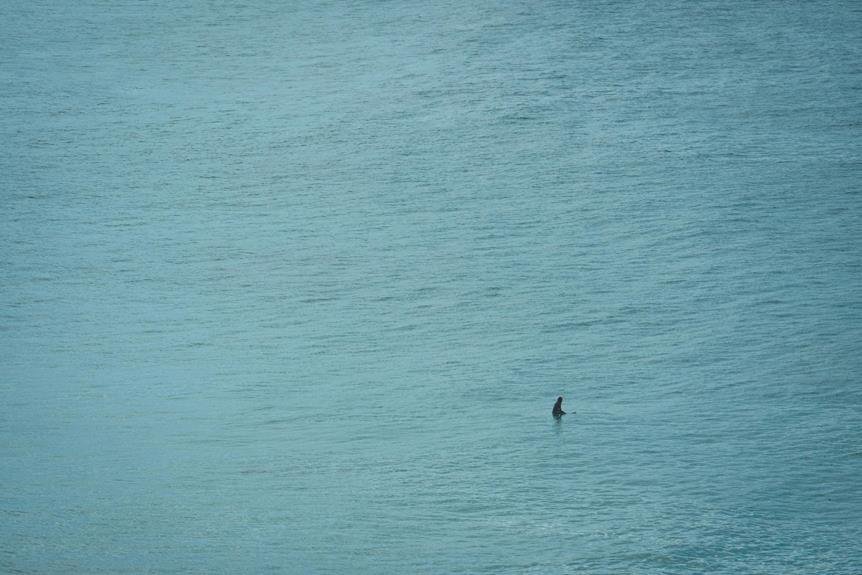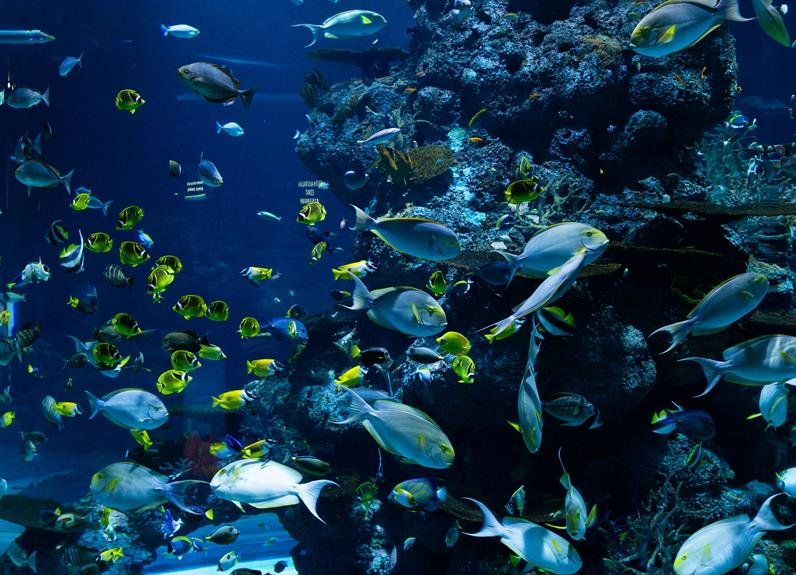Tide patterns play a vital role in determining the most productive fishing times, as they stimulate the activity of baitfish and crustaceans, which in turn trigger a response from predator species, making them more active and vulnerable to anglers. Outgoing tides create opportunities for game fish to ambush prey in areas with structural features, while incoming tides stimulate feeding activity among fish. Understanding the intricacies of fishing tide times enables anglers to capitalize on these rhythms and position themselves in areas where fish congregate. By recognizing the complex relationships between tides and fish behavior, anglers can optimize their fishing strategy and uncover the secrets to a successful catch.
Key Takeaways
- Outgoing tides create opportunities for game fish to ambush prey in areas with structural features, making it a productive time to fish.
- Incoming tides stimulate feeding activity among fish, making it one of the most productive periods for inshore saltwater fishing.
- The changing tide cycles and phases present unique opportunities for anglers to capitalize on the shifting dynamics between predators and prey.
- Fishing during peak tidal flows, such as during the strongest currents, can be challenging but also creates opportunities for ambush predation.
- Analyzing tide charts and calendars enables anglers to identify the ideal times to fish, maximizing their fishing time and increasing their chances of catching fish.
Understanding Fishing Tide Times
As anglers seek to maximize their chances of landing a catch, understanding fishing tide times becomes a pivotal aspect of their strategy, as it directly influences the behavior and movements of their quarry. Tide patterns play a key role in shaping fishing rhythms, with moving tides stimulating the activity of baitfish and crustaceans. This, in turn, triggers a response from predator species, making them more active and vulnerable to anglers. By grasping the intricacies of fishing tide times, anglers can capitalize on these rhythms, positioning themselves in areas where fish are most likely to congregate. By doing so, they can substantially enhance their chances of securing a successful catch.
Outgoing Tides for Fishing
During outgoing tides, the flow of water away from the shore creates an opportunity for game fish to ambush prey in areas with structural features, such as dock pilings or creek mouths. These structural elements, known as Tide Edges, provide an ideal ambush point for predators to lie in wait. Outgoing tides also concentrate baitfish and crustaceans, making it easier for game fish to feed. Structure Fishing techniques, such as fishing near dock pilings or creek mouths, can be highly effective during outgoing tides. As the tide flows away from the shore, game fish congregate around structural features, making these areas prime targets for anglers. By understanding the dynamics of outgoing tides, anglers can increase their chances of success in inshore saltwater fishing.
Best Fishing on Incoming Tides
Incoming tides, characterized by a surge of water flowing into an estuary, stimulate feeding activity among fish, making this tidal phase one of the most productive periods for inshore saltwater fishing. As the tide surges in, water quality improves, bringing with it more oxygen, lower temperatures, and better clarity. This change in water conditions triggers an increase in fish behavior, as fish become more active and begin to feed.
- Schools of baitfish scatter, seeking shelter in shallow waters and tidal creeks.
- Predatory fish, such as striped bass and redfish, ambush their prey near structure and drop-offs.
- The rising tide exposes previously hidden habitats, revealing new fishing opportunities.
- The incoming tide's energy stimulates fish to move into shallower waters, making them more accessible to anglers.
The Challenges of Slack Water
In the brief periods of slack water, when the tidal current momentarily ceases to flow in or out, fish activity slows, and the fishing experience can become frustratingly unproductive. During these periods, the tidal patterns that typically stimulate fish activity come to a standstill, resulting in fishing lulls. The absence of a moving tide means that baitfish and crustaceans are not being carried through the water, reducing the likelihood of attracting predators. As a result, fish become less active, making it challenging for anglers to catch them. Slack water periods can be an ideal time for anglers to take a break, reorganize their tackle, and reassess their fishing strategy before the next tidal cycle begins.
Fishing Tide Tables and Charts
Accurate fishing tide tables and charts are indispensable tools for anglers seeking to maximize their time on the water, as they provide valuable insights into the tidal cycles that govern the behavior of their quarry. By analyzing tide patterns and chart reading techniques, anglers can pinpoint the most productive fishing times and locations.
- Visualize the tidal cycles and their impact on fish behavior
- Identify peak feeding times and optimize your fishing schedule
- Develop a deeper understanding of the relationship between tides and fish activity
- Enhance your fishing success through informed decision-making
Where to Fish on Moving Tides
As the tidal flow increases, structural features such as creek mouths, channel edges, and dock pilings become focal points for anglers seeking to capitalize on the concentrated baitfish and crustaceans swept through the current. These tide edges offer ideal locations for structure fishing, where game fish congregate to feed on the abundant prey. The interaction between the tidal flow and structural features creates ambush points, allowing predators to exploit the concentrated bait. Anglers can exploit these areas by positioning themselves near these structures, increasing their chances of catching fish. By understanding the relationship between tidal flow and structural features, anglers can optimize their fishing strategy, increasing their chances of success.
Tide Cycles for Fishing Success
During a tidal cycle, the continuous ebb and flow of water creates a perpetual state of change, with each phase presenting unique opportunities for anglers to capitalize on the shifting dynamics between predators and prey. Understanding tide cycles is essential for fishing success, as it allows anglers to anticipate and adapt to the changing behaviors of their quarry.
- As the tide rises, baitfish and crustaceans are swept into estuaries, attracting predators that feed on the abundance of prey.
- During peak tide, the strongest currents occur, making it challenging for fish to feed, but also creating opportunities for ambush predation.
- As the tide falls, predators wait at the mouths of estuaries to feed on the outgoing baitfish and crustaceans.
- Slack water periods, where the tidal current ceases, often result in decreased fish activity, making it an ideal time for anglers to regroup and reassess their strategy.
Planning Fishing Trips With Tides
By considering the tidal patterns and phases, anglers can strategically plan their fishing trips to coincide with the most productive fishing tide times, increasing their chances of success. Accurate tide predictions and fishing calendars are essential tools for planning successful fishing trips. By analyzing tide charts and calendars, anglers can identify the ideal times to fish, taking into account the tidal cycles, moon phases, and weather conditions. This allows them to maximize their fishing time and increase their catch rates. By incorporating tide predictions and fishing calendars into their planning, anglers can make informed decisions about when and where to fish, ultimately leading to more successful and enjoyable fishing trips.
Frequently Asked Questions
How Do I Determine the Best Fishing Spot on an Incoming Tide?
When determining the best fishing spot on an incoming tide, focus on structural features such as dock pilings, reefs, or submerged rocks, where fish congregate, and consider water clarity, as clearer water enhances visibility and increases fish activity.
Can I Fish During Nighttime Tidal Cycles With the Same Success?
During nighttime tidal cycles, anglers can adapt using moonlight-sensitive lures and nocturnal feeding patterns, employing Nighttime Strategies that capitalize on Moonlight Adaptation, as fish modify their behavior to exploit lunar illumination, increasing catch rates under cover of darkness.
Are There Any Specific Fishing Gear Recommendations for Tidal Fishing?
According to a recent study, 75% of anglers report increased catches during peak tidal cycles. When tidal fishing, consider using Tidal Rods designed for saltwater fishing, paired with Saltwater Lures that mimic baitfish, to maximize your catch.
How Do I Adjust My Fishing Strategy for Different Tidal Ranges?
When adjusting fishing strategy for different tidal ranges, consider tidal patterns and water clarity. During higher tidal ranges, focus on structure-based fishing, while lower ranges necessitate flats and shallow water tactics, adapting to changing water conditions and fish behavior.
Can I Rely Solely on Mobile Apps for Accurate Tidal Predictions?
According to a National Oceanic and Atmospheric Administration (NOAA) study, 95% of tidal predictions are accurate within 10 minutes. While mobile apps can provide convenient tide forecasting, their reliability can vary; verify predictions by cross-checking with official sources, such as NOAA, to confirm accurate tidal predictions.
Conclusion
Coincidentally, the synchronized convergence of tidal movements and fish behavior culminates in ideal fishing conditions. As the tide ebbs and flows, it orchestrates a symphony of aquatic activity, guiding anglers towards the most productive fishing zones. By synchronizing their fishing excursions with the tidal cycles, anglers can capitalize on the heightened activity, thereby maximizing their catch. This harmonious convergence underscores the significance of understanding fishing tide times, ultimately leading to a bountiful harvest.









